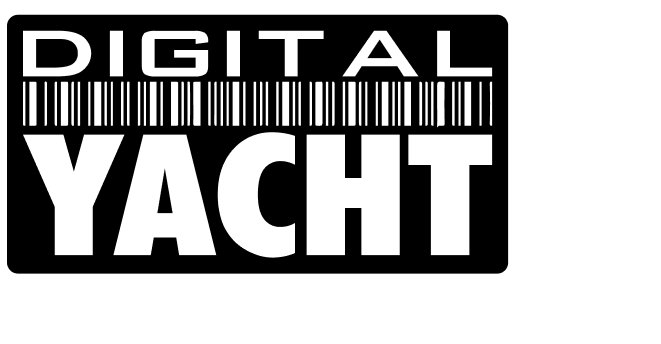Testing UDP and TCP connections with a Testing App
To check the TCP and UDP connections with another App to rule out that there may be an issue with the Navionics Boating App, use this – TCP UDP Server & Client on the Play Store which is a really good test tool for Android…. https://play.google.com/store/apps/details?id=tcpudpserverclient.steffenrvs.tcpudpserverclient&hl=en_GB I setup a TCP Client and a UDP Server for NAVLink2/WLN10SM etc. and started them running (one at a time) and just watched the raw NMEA 0183 data coming in. There should be no crashes or stoppages of data. If this is all working fine but you’re still having connection issues, then please contact our support team.Read More →
